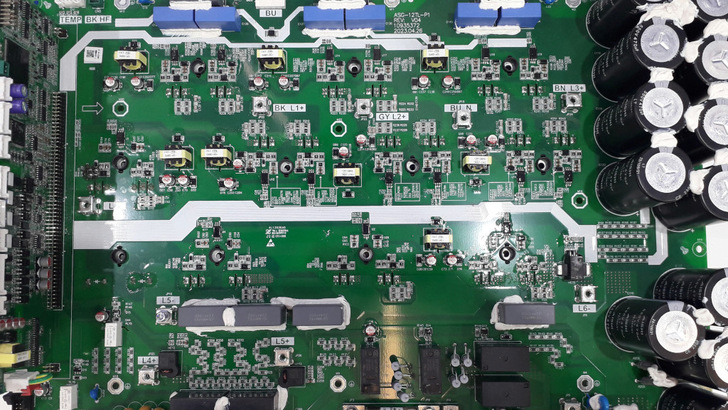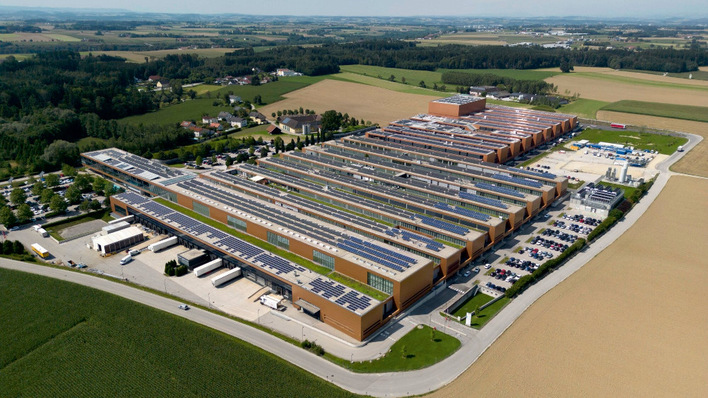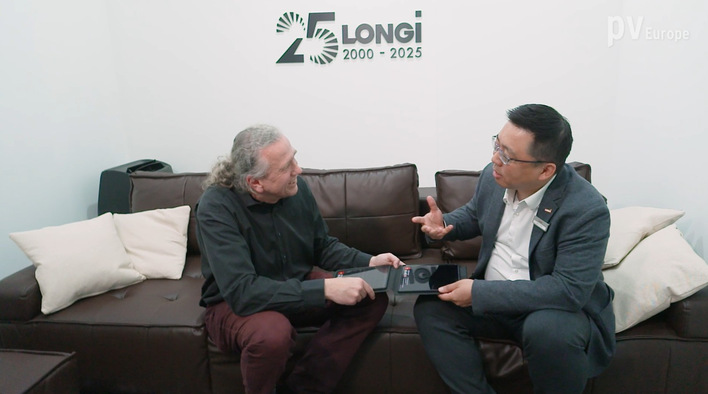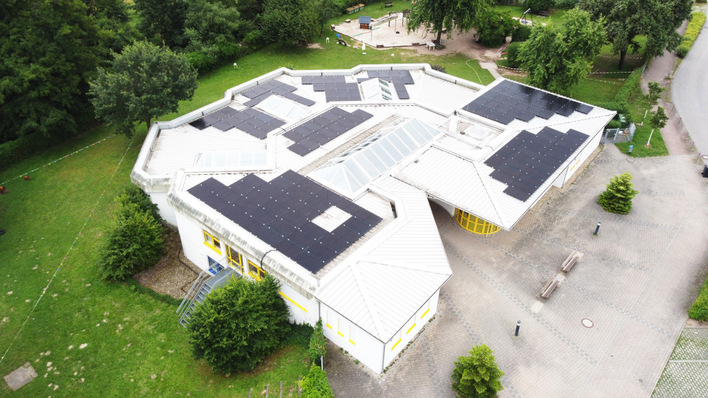There was a time when security meant a cast-iron lock on the door to your home or the factory gate. In this digital age, it no longer pays to think in such material terms. Connected systems introduce new vulnerabilities, enabling hackers to exploit data networks remotely, bypassing physical defences entirely.
Solar Investors Guide Podcast – Hackers highlight solar infrastructure risks
Attacks are a reality
Cybersecurity threats are no longer hypothetical. Gaining unauthorised access through data cables, routers and IT systems has become routine, posing a persistent and concrete danger.
Incidents such as Russian hackers targeting of Ukraine’s power infrastructure on Kremlin orders represent only a fraction of the growing risks. Cyberwarfare is ongoing globally, regardless of official statements.
Cybersecurity: “The solar industry has realised it must act proactively”
Bomb labs and intercepted pagers
In the Iran-Israel conflict, hackers have repeatedly targeted Iran’s nuclear programme. In 2010, Israeli specialists deployed the Stuxnet virus to disable centrifuges at Natanz, marking the first known cyberattack on an industrial facility. The virus, a joint US-Israeli development, was likely exposed unintentionally.
Another attack in April 2021 caused a blackout at the same facility, this time without public acknowledgment from Israel. More recently, in summer 2024, tens of thousands of Hamas pagers were remotely destroyed in a targeted cyber operation.
Lithuania takes the lead on cybersecurity in solar
Varta and Rheinmetall hit by hackers
In February 2024, a cyberattack paralysed all five Varta plants, halting battery cell production for four weeks. The hackers accessed the company’s IT systems, forcing Varta to shut down all internet-connected operations. Facilities in Germany, Indonesia and Romania were all affected, with many employees placed on leave or reassigned to maintenance tasks. The subsequent recovery of the storage units and data centre took months to complete.
In spring 2025, German company Rheinmetall suffered a breach exposing 750 gigabytes of confidential data on weapons systems and production processes. Hackers published links to 1,400 internal documents, targeting the company for sabotage and espionage.
Darknet monitoring revealed the breach, prompting Rheinmetall to alert authorities.
KRITIS in the EU spotlight as cybersecurity focus sharpens
Entry points multiply
The widespread use of smartphones, tablets and laptops by installers blurs the line between professional and personal activities, creating new vulnerabilities. Apps, SMS and social media platforms can easily expose sensitive data.
Adopting a zero-trust approach in which users authenticate at every network entry point can help limit the impact of compromised devices. Staff awareness is also critical.
Emergency planning
Cyberattacks on critical infrastructure are expected to rise, targeting factories, power plants and hospitals. While progress is being made, it remains gradual. But nevertheless, cybercriminals increasingly target supply chains, exploiting networks of companies, suppliers and customers to access credentials, internal data and client information. Comprehensive risk management, including regular supplier assessments, is essential for digitally connected supply chains.
Eurelectric report outlines technologies to ease renewable grid integration
Solar power ensures grid stability
The energy transition is improving grid stability. As more solar and wind power feed into the network, voltage and frequency fluctuations decrease, reducing blackouts. Renewables have made significant strides with grid-supporting features such as curtailment and fault ride-through.
Again, however, the digital management of solar installations introduces new vulnerabilities. Solar systems are classified as critical infrastructure, prompting stricter regulations in Germany, Austria and Switzerland to align with European guidelines.
Robert Janickas of Inion: “Blackouts are a lesson learned for flexibility”
Industry takes the lead
European manufacturers are seen as leading the way. “We take this issue very seriously,” says Dr Harald Scherleitner of Fronius International. “Our products meet the highest security standards, with full-time experts ensuring protection against unauthorised access and safeguarding operational data.”
Fronius stores data exclusively on European servers and clouds and achieved ISO 27001 certification in 2022. The company has proposed an Inverter Security Toolbox, modelled on the 5G Security Toolbox, to regulate access to the European grid.
Christian Carraro from SolarEdge: “Going ever-cheaper is high-risk”
At SMA, cybersecurity specialist Marek Seeger works to address security vulnerabilities. The Kassel-based, ISO 27001-certified company highlights how decentralised, interconnected generators now replace isolated large power plants in today’s grid.
Speaking at the PV Symposium in 2024, Seeger highlighted a targeted attack that disabled solar systems in Beirut shortly after the destruction of Hezbollah’s pagers. He also cited incidents in Japan where hackers threatened to destroy installations by compromising monitoring systems.
From slowdown to restart – Fronius is back on track
Long-term, targeted attacks
Seeger warns that state-backed actors pose the greatest threat, with their expertise and resources enabling highly coordinated, long-term attacks.
SMA employs a layered cybersecurity approach, including encrypted connections, anomaly detection and firmware updates. These updates are critical for security but require action from installers and maintenance teams. “IT security is a shared responsibility,” Seeger emphasises.
Customer awareness
Seeger advises customers to prioritise security when choosing inverters. European-developed devices with secure, regularly updated software offer greater reliability. He also recommends hosting monitoring platforms and data entirely within the EU to benefit from stringent data protection laws.
The EU Cyber Resilience Act, adopted in 2024, sets cybersecurity requirements for products with digital controls, including inverters and smart meters. From November 2027, all providers must demonstrate compliance. (HS/TF)
Top information for your daily business - stay informed with the pv Europe newsletter









